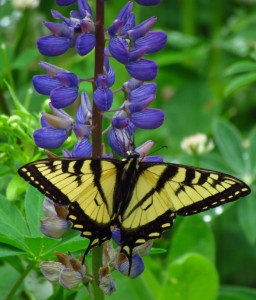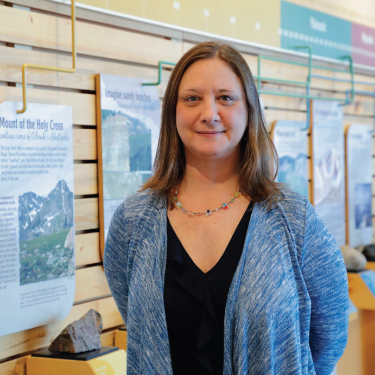 Some of my best memories from childhood are of sneaking into my mom’s garden to gorge myself on sweet peas. As I now watch my own children doing the same thing, I smile secretly to myself as it occurs to me that my own mother probably realized exactly what I do. That it doesn’t matter where or how their kids eat their vegetables, just that they eat them. This early love of things tiny, sweet, and green was probably what started me on this crazy path that I’m on, to discover new plants and understand them, and I’ll always appreciate the time I had in my mother’s garden, with the plants of the pea family.
Some of my best memories from childhood are of sneaking into my mom’s garden to gorge myself on sweet peas. As I now watch my own children doing the same thing, I smile secretly to myself as it occurs to me that my own mother probably realized exactly what I do. That it doesn’t matter where or how their kids eat their vegetables, just that they eat them. This early love of things tiny, sweet, and green was probably what started me on this crazy path that I’m on, to discover new plants and understand them, and I’ll always appreciate the time I had in my mother’s garden, with the plants of the pea family.
But wild peas, while similar to their garden cousins in many ways, should be treated with an ounce of caution. Despite the fact that garden peas are a delicacy (that happen to grow well in our short growing season), most wild peas are not edible. A few are considered “edible in small quantities”, but you need to be certain about your identification as the plants in this family are sometimes difficult to tell apart.
Pea flowers are unique in the plant kingdom. The petals are specialized and, instead of the daisy-like radial symmetry we recognize as a classic flower, they are bilaterally symmetrical. The petals are shaped to form a distinct “banner, keel, and wings”. The banner is a single lobed petal (although it looks like two fused together), and with the two wings, these petals help to attract pollinators. Finally, the keel is made up of two petals fused together, and these form a protective envelope for the flower’s secret sexy parts, marking pea plants as one of the most modest in the forest.
Most of the wild peas that grow around are known as a type of “vetch”, be it milk vetch, sweet vetch, or a simple vetch, but it’s not always easy to tell them apart. The true vetches (Genus vicia) are most closely related to garden peas, and there are only a few species locally, although they are fairly abundant. Some of these are edible, but many contain compounds related to cyanide and have been known to cause poisoning. These plants are distinguished from the other vetches by the presence of tendrils (slender, curling stems at the tips of each leaf that help the plant to climb).
The milk vetches (Genus Astragalus) are in the licorice tribe of the Pea Family, and are fairly closely related to locoweeds (Genus Oxytropis). These plants have the pinnately divided leaves common to the pea family, but lack the tendrils of the true vetches. They can be distinguished from one and other because the keel on milk vetches is rounded, as compared to the pointed keels of the locoweeds. Finally, the sweet vetches are in a separate genus (Hedysarum), distinguished by the presence of deep indentations between each pea, causing the pods to break transversely (cross-wise as opposed to lengthwise).
There’s so much more to the pea family, and I have really only scratched the surface of the most common pea plants that we see locally. There wasn’t even time to talk about some of the most famous pea plants, the lovely lupine and the ubiquitous clovers! Or the fact that pea plants fill an important ecological niche, fixing atmospheric nitrogen into a form that can be used by other plants, and absorbing toxins like selenium from the soil. There is even a local pea plant, the Debeque milk vetch, which grows only on the western slope of Colorado, making it a unique endemic species of concern.
So keep your eyes peeled for these early, tiny spring blooms as they start to ease their way through the damp, snow-soaked soil. Watch for the delicate, entwining stems with their compound leaves, curling tendrils, and tufts of uniquely shaped flowers. Keep your eyes on them as the flowers go to seed, forming the distinctive seed pods that give this family its name. But don’t eat them, unless they’re growing in your garden and you planted them there. Happy spring!
Jaymee Squires is the Director of Graduate Programs at Walking Mountains Science Center in Avon and this article is dedicated to my mom, for planting peas and letting me eat as many as I wanted.









